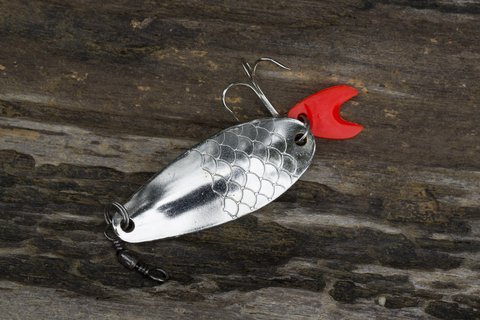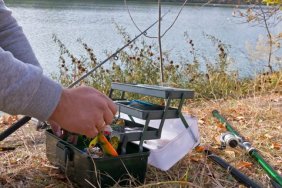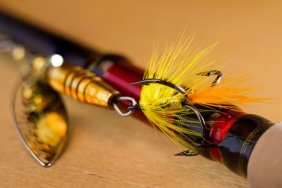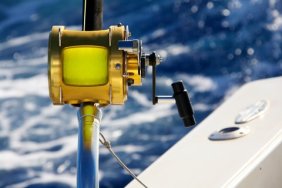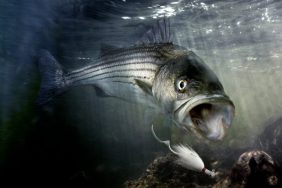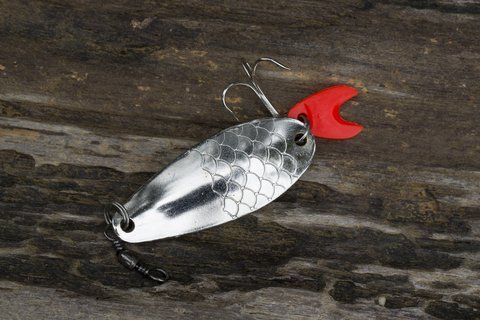
Spoons are among the best all-around lures in any angler’s tackle box. They work well on a wide variety of species and are effective throughout the year.
Most anglers have used spoons, and likely had success with them, but there are ways to improve your results when fishing spoons.
First off, it is important to understand that a spoon is designed to imitate a minnow – specifically an injured minnow. If a spoon is moving properly in the water, it has a wobble to it. Sometimes spoons will spin around on the retrieve, but this is not the correct motion for the lure. If you find your spoon spinning, try slowing down the retrieve.
Another key element to the spoon’s effectiveness is its flash. The shiny metal flash attracts fish, but not many anglers realize that the amount of flash can affect how fish react to the spoon. A shiny chrome finish on a spoon offers the most flash, while a nickel-plated or copper finish provides less flash. On a bright, sunny day, the chrome finish can be too much flash for the fish. Try using one of the less flashy finishes. In contrast, in dark water or on dark days, the less flashy finishes will often be ineffective.
Like flash, color is a significant factor when fishing a spoon. The best rule of thumb is to use bright colors on bright days, because under these conditions, bright colors are most visible to the fish. When fishing on cloudy days, in low light conditions or in deep water, darker colors are more effective.
One of the great elements of spoon fishing is that there are a variety of ways to alter the lure’s retrieve, in order to entice a fish into striking it. You can use a straight retrieve, a jigging retrieve or you can let the spoon tumble downward. One of the most effective retrieves is the stop-and-go method. This is a great way to imitate the movement of an injured minnow. On a slow day, experiment with different retrieves. It may make the difference between catching fish and coming up empty.
When fishing spoons, it is also important to consider the size of the spoon. Ideally, the spoon’s size should match the size of the baitfish that are available in a given body of water. Sometimes anglers just pick a large spoon for large fish, not taking into consideration that those large fish are feeding on smaller baitfish. Matching the spoon’s size to the size of available baitfish will likely produce more hits.
Another great trick that can add to the versatility of a spoon is to add a weed guard to the hooks. This opens the opportunity to fish the spoon in tight cover like heavy weeds or brush, without the spoon getting caught on something during the retrieve.
The spoon is a great go-to lure throughout the year. Following these tips will make your spoons even more effective and put more fish in the boat.
